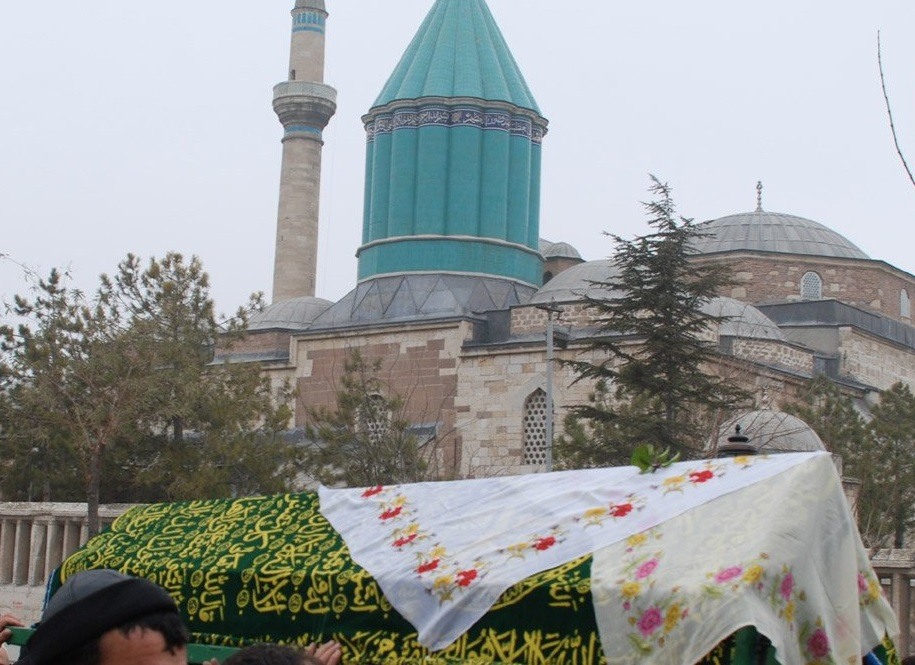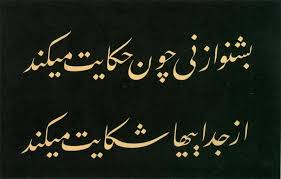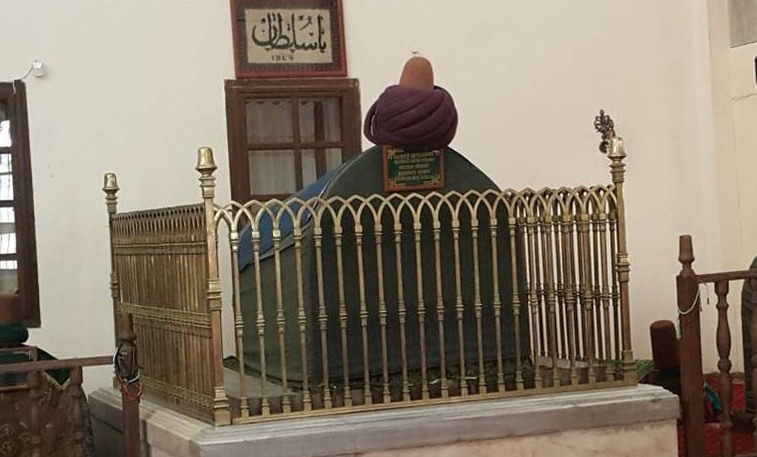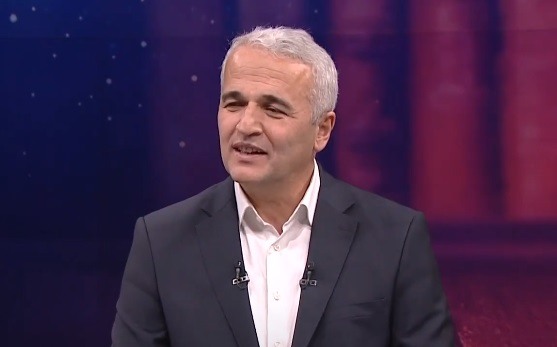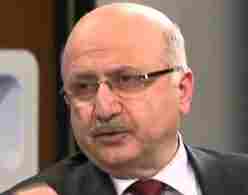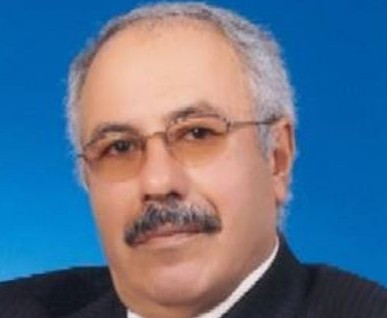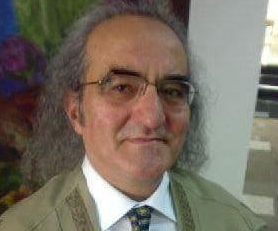In order to comprehend a concept’s true meaning and essence, we need to first determine the paradigm that concept belongs to. Accurate results can only be achieved by following the right procedures. If there is a mistake in your beginning or methodology, the results will be problematic too.
“Tasavvuf,” which is commonly translated into English as “Sufism” or “Initiation,” is not an exception to this principle. In this respect, when X, Y or Z topics are chosen to contemplate or write about, especially in Sufism, one should refrain from asking categorical yes/no questions or giving direct answers as both can cause misunderstandings for those who are unfamiliar with the concept and its core meanings. Throughout history, many Sufis (practitioners of Sufism) were accused of countless such misunderstandings; those who were literally in the dark about Sufism’s paradigm targeted them when faced with direct questions and answers. The 13th-century Islamic scholar Ibn Taymiyyah’s rebuttals to the creeds of Muhyiddin Ibn Arabi, a prominent Sufi scholar and polymath of Islamic thought who lived between 1165 and 1240, are good examples here.
In this regard, in order to avoid misunderstandings, a brief introduction is a prerequisite before discussing the concept of “otherness” in Sufism. Basically, Sufism’s method is based on the divine religion of Islam, which has two stages just like other religions: The period before and after the prophet, the first practitioner and preacher of the religion. In Islam, the second stage (the period after the prophet) begins following the death of the Prophet Muhammad, who, in the Last Sermon or Farewell Sermon in the Uranah Valley of Mount Arafat in Mecca, asked his companions if he could convey the trust (of religion) and was answered “we bear witness that you have conveyed.”
The Quran is a text consisting of 114 chapters and 6,236 verses, and its first practitioner was the Prophet. The Prophet teaches us it and then leaves. We, that is, as followers, are required to interpret it for the rest of our lives. In the Quran, some things are clearly defined such as praying, giving alms, fasting and so on. But, how? Followers need a deeper knowledge. Here begins the second period in which the requirement of a paradigm and the process of interpretation emerge.
The paradigm is born
Human beings interpret everything in life from their own point of view. According to quantum physics, “reality” is your reality. In other words, reality exists because you say you have something and then you start modeling it accordingly. One of the models that tries to make sense of Islam is Sufism, which, as in every interpretation, contains key terms and concepts. Without them, no interpretation can take place. Sufism uses the term “vahdet” (absolute unity) and “kesret” (multiplicity) as two of its key terms and concepts. While the absolute unity is the root of the interpretation that “everything is from One,” multiplicity is the expansion of unity. Here, the Sufi interpretation says that God is the only thing that exists (absolute unity) and everything comes from him (multiplicity).
Absolute unity and multiplicity
At the level of absolute unity, there is neither night nor day, neither male nor female, neither disease nor healing, as described by Ibn Arabi. This is a place and time where there is no duality. Therefore, there can be no “other.” In other words, when we look through the lens of absolute unity, you cannot see the other. This is where the state of “non-manifestation” is. The Sufi interpretation describes this state with “Hu,” a pronoun used to avoid attribution of a gender to God. From this point of view, it is impossible to talk about the other, otherness or whatever that is. Here, who can be the other? Who is the opposite of whom? You cannot find answers to such questions. The concept is lost.
Indeed, DNA analysis and gene research confirms the nonexistence of otherness as, contrary to what racists claim, there is no difference between the DNA sequence of, for example, a black African and that of a white or Chinese person. One hundred out of 100 genomes are identical, meaning that there’s no single difference in our DNA.
For another example, 97 of 100 genomes between a tree and a human are identical. With three gene differences in between, one becomes a tree and the other becomes a human. In other words, there is a deep inner connection even between a human and a tree. Even stones, soil, plants or animals are separated from each other by very slight differences. These show that creation is indeed monolithic, as the Quran says. When we look through the lens of Sufism, we see that all relativity, lists or categories disappear and the concept of the “other” evaporates. This is where the famous Sufi phrases such as “you are me, I am you” come from.
Here a question arises, as the world we live in is not a plan of absolute unity but seemingly a realm of separation or categorization. So are we going to call everything “one” here? For example, shall we call a human a tree or a tree a human? What about the concept of the enemy? Shall we deny fractions? Sufi thought’s answer to such questions is no, but that topic is long and detailed enough to discuss it in another article.
Let me end the piece with another example from a Sufi scholar, the Persian poet Saadi Shirazi, whose poem called “Bani Adam” (“Sons of Adam” or “Human Beings”) from the masterpiece “Gülistan” adorns the wall of a meeting room in the U.N. building in New York.
“Human beings are body parts of each other,
In creation they are indeed of one essence.
If a body part is afflicted with pain,
Other body parts uneasy will remain.
If you have no sympathy for human pain,
The name of human you shall not retain.”
Shirazi’s words are the result of looking through “the lens of the absolute unity” discussed here. Simply put, this involves seeing from a perspective where the “other” does not exist.


